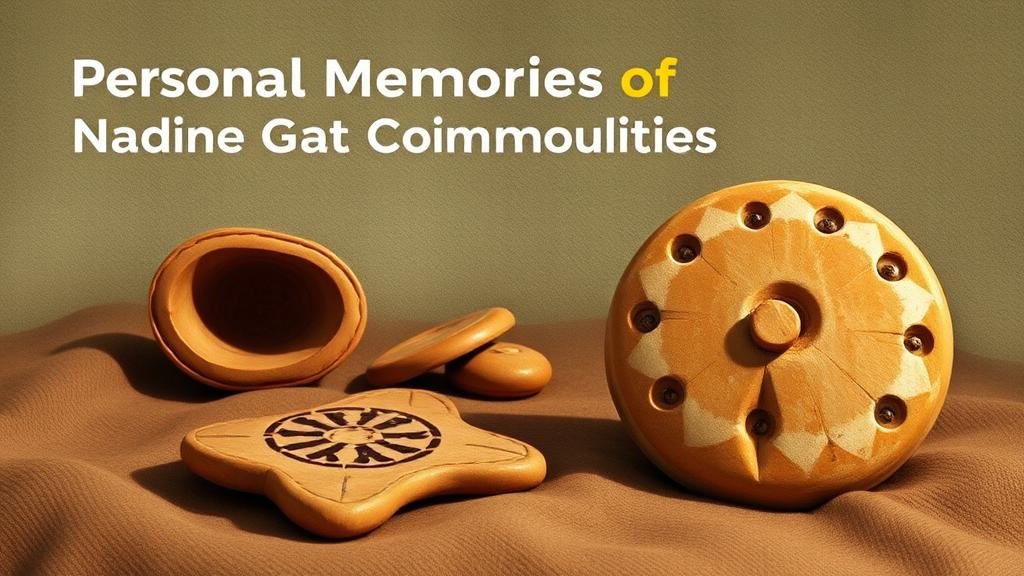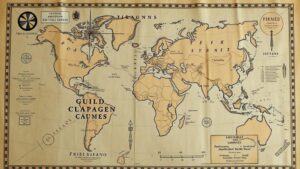Personal Memories of Native Communities: Insights Into Sacred Artifact Locations
Personal Memories of Native Communities: Insights Into Sacred Artifact Locations
The exploration of sacred artifact locations within Native communities offers not only a glimpse into their rich cultural heritage but also insights into their ongoing relationship with the land. This article examines how personal memories contribute to the understanding and preservation of sacred sites, focusing on specific examples from various Indigenous groups across North America.
The Significance of Sacred Sites
Sacred sites are places imbued with spiritual significance, often associated with the creation stories, rituals, and communal histories of Native peoples. For many Indigenous communities, these sites are not merely geographical locations; they are integral to their identity and cultural continuity. According to a report by the National Park Service, “sacred sites serve as a repository for knowledge, tradition, and cultural practices†(National Park Service, 2020).
Personal Memories as Cultural Narratives
Personal memories play a crucial role in transmitting knowledge about sacred locations. These memories are often oral histories shared through generations, which provide context and meaning to specific sites. They serve as narratives that bind community members to their ancestral heritage. For example, members of the Lakota Nation recount stories of the Black Hills, which are considered sacred and are tied to their origins (Hirschfelder, 2019).
Numerous documented sites across the United States highlight the intersection of personal memory and sacred location. Examples include:
- Bear Butte, South Dakota: A site of spiritual significance for several Plains tribes, Bear Butte is a well-known prayer site where individuals go to seek guidance and connection with the Creator.
- Chaco Canyon, New Mexico: This ancient site contains structures that were aligned with celestial events, highlighting the deep connections between astronomy and spirituality among the Ancestral Puebloans.
- The Oracle of Delphi, Greece: Though not Native American, this example highlights a similar phenomenon in which personal recollections about sacred items provide insights into their cultural importance.
Contemporary Implications of Personal Memories
Understanding the personal memories associated with sacred artifact locations has important contemporary implications. As land disputes and development pressures grow, recognizing these sites as culturally significant can influence local and national policies. Native American Graves Protection and Repatriation Act (NAGPRA) of 1990 was enacted to address these issues by ensuring the repatriation of sacred artifacts to Native communities, based on their memories and claims to provenance (Zimring, 2018).
Preservation Efforts
Efforts to preserve sacred sites often utilize personal memories as foundational narratives in advocacy, education, and policy-making. Educational programs that incorporate storytelling from community members foster a deeper understanding among non-Indigenous audiences about the significance of these locations. For example, the Smithsonian Institutions Native American Heritage initiatives aim to educate the public while supporting Indigenous voices in the conversation surrounding sacred sites.
Real World Applications: Case Studies
Several case studies illustrate how personal memories enhance our understanding of sacred locations:
- Standing Rock Sioux Tribe: Their protests against the Dakota Access Pipeline in 2016 underscored the importance of sacred water sites, as personal narratives of local tribes highlighted their relationship with the land and water.
- Pueblo Peoples in New Mexico: The preservation of traditional practices tied to sacred sites has seen a resurgence through community workshops, where personal stories enhance cultural education.
Conclusion
The intersection of personal memories and sacred artifact locations offers profound insights into the cultural fabric of Native communities. By documenting these memories, communities not only preserve their heritage but also assert their rights to the land and its meanings. For policymakers and the broader public, the implications are significant: understanding these narratives can lead to more respectful and just policies concerning Indigenous cultural sites.
Actionable Takeaways
- Support Indigenous-led initiatives that promote storytelling and the preservation of sacred locations.
- Engage in educational programs that offer insights into the significance of sacred sites within Native communities.
- Advocate for policies that protect culturally significant sites from development and disturbance.
By honoring and engaging with the memories of Indigenous peoples, we can contribute to a more inclusive understanding of history and cultural respect.
References:
- NPS (National Park Service). (2020). Sacred Sites: Cultural and Historical Context.
- Hirschfelder, A. (2019). Encyclopedia of Native American History.
- Zimring, C. (2018). NAGPRA: A Guide for Nonprofits and Educators.



